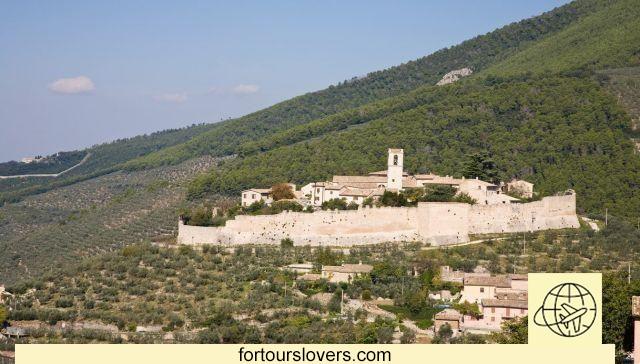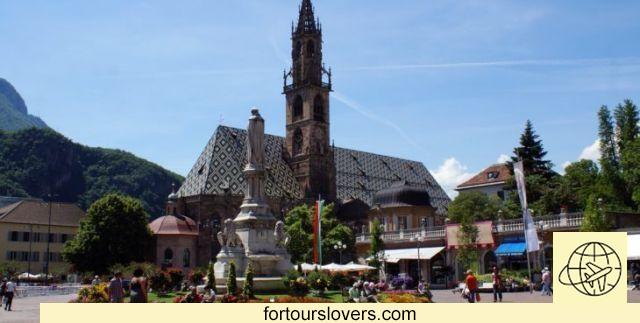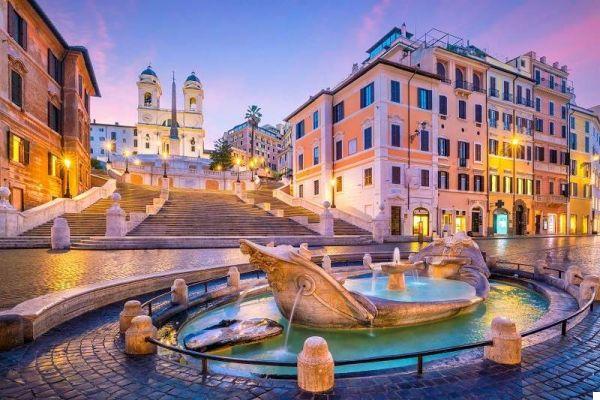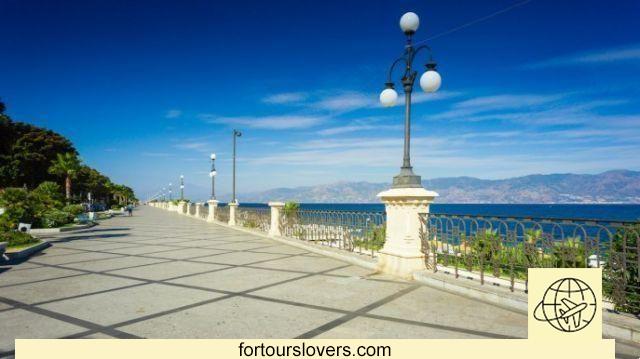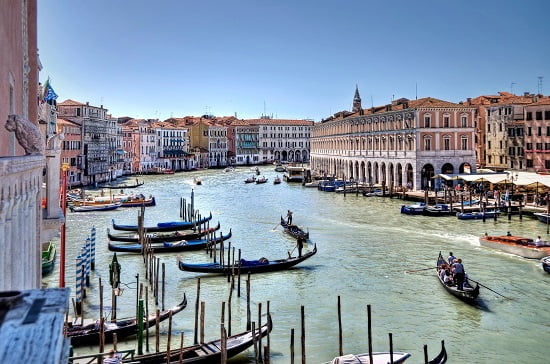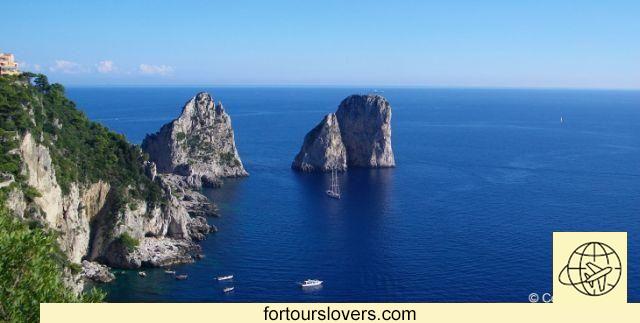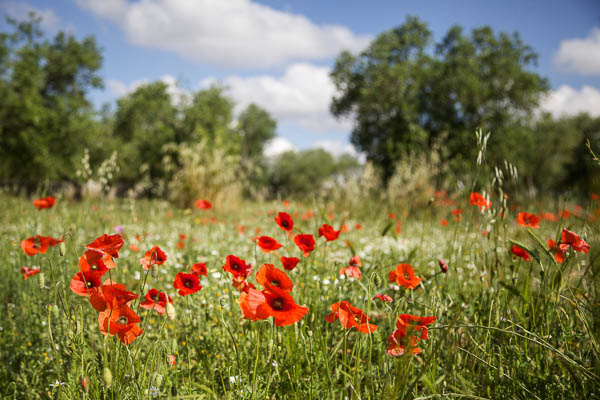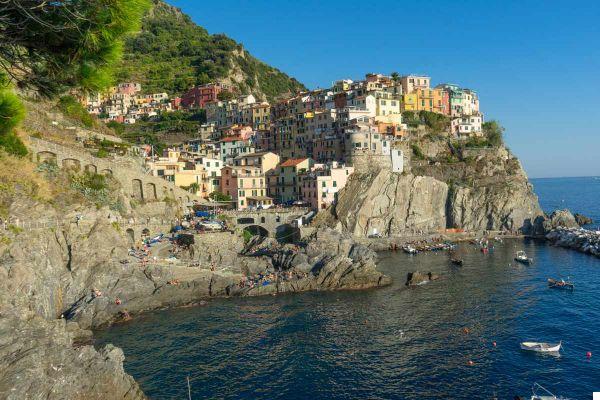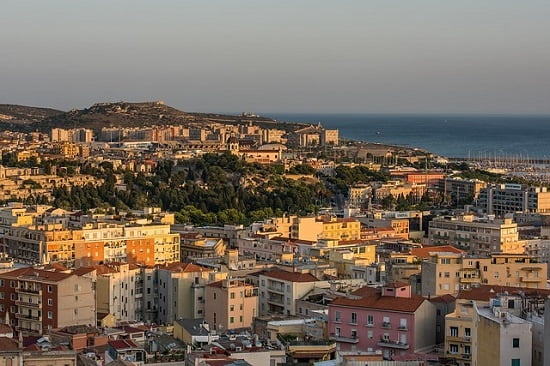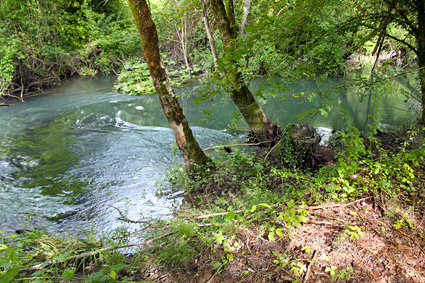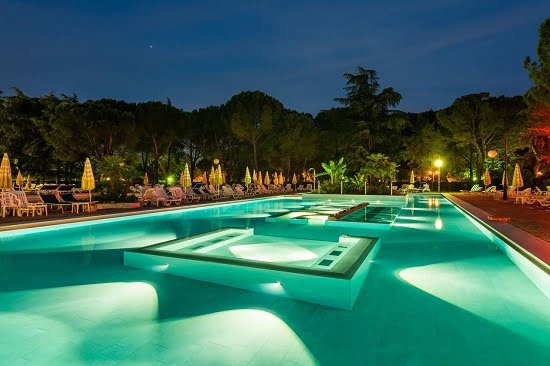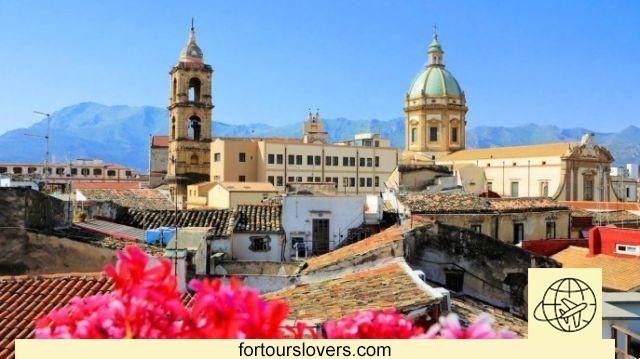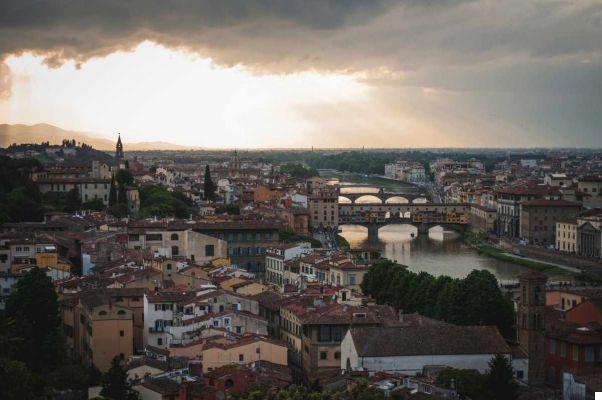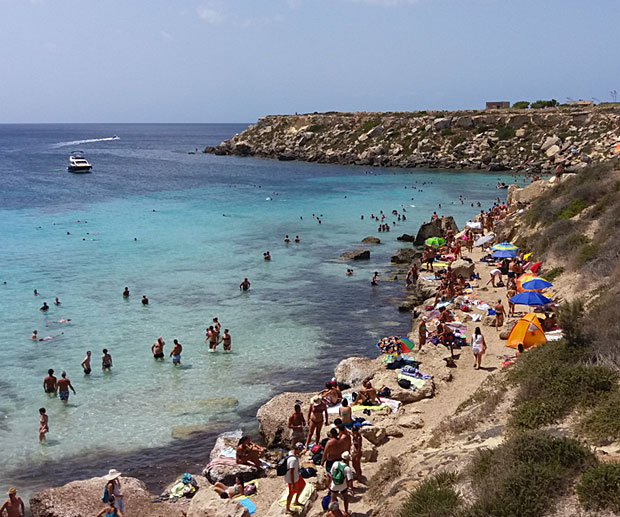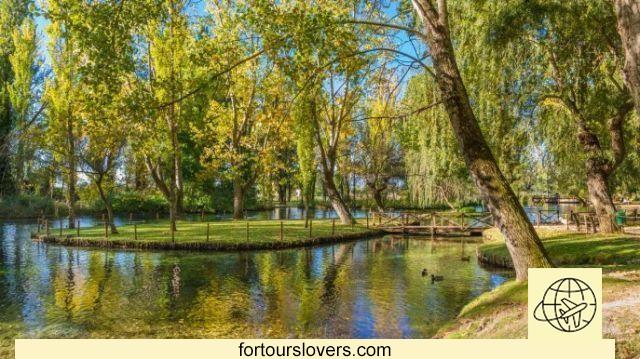
There is a place in Italy that looks like it. straight out of a storybook and where water flows that in ancient times was considered sacred.
A place so evocative that it has often been a source of inspiration for poets and writers who appreciated not only its beauty, but also its enchanting nature.
Sources of Clitunno, a magical place
We are in the heart of Italy, in Umbria, and more precisely in Campello sul Clitunno in the province of Perugia. And right here, in one of the greenest regions of our country, the mystical comes to life. Parque Natural de los Fonti del Clitunno, a spectacle of nature that turns out to be an oasis of peace for the visitor.
In approximately 10.000 square meters, the sources of the Clitunno River are preserved, emerging from rock fissures, giving life to a beautiful and poetic lake inhabited by swans and ducks and adorned with numerous and rare plant species.
Despite its approximately 400 meters in diameter, the lake stands out for being surrounded by particular plant species such as the aquatic nasturtium or Nasturtium officinale, the aquatic horsetail or Hippuris vulgaris, the gamberaja major or Callitriche stagnalis and the mestolaccia or Alisma plantago. wateratic. There are also many weeping willows, as well as leafy cypress poplars.
Visiting it means immersing yourself in an enchanted atmosphere, almost out of time, also thanks to the various waterfalls, bridges and paths that seem to have a calming power on the visitor's soul.

Clitunno Springs: history and why they are sacred springs
The waters that bathe this magical-looking park were originally so abundant that they flowed into a great river along which the ancient Romans navigated to reach the capital of the empire.
It is not surprising, therefore, that in their time they were considered sacred springs dedicated to God Jupiter Clitunno, personification of the river of the same name, in whose name several temples were built. The Romans were convinced that the depths of the river hid the home of Clitunno, to the point that they celebrated the "Clitunnali", festivals in honor of the god Clitunno, every year in spring.
Unfortunately, in the 5th century AD. A severe earthquake destroyed part of the springs, consequently reducing the original water supply. In the second half of the 19th century, the park took on the appearance we know today thanks to the work of the count. Paolo Campello della Spina, who reorganized the spaces, introduced animals and created the suggestive lake.
Who are the artists who paid tribute to Clitunno Springs?
Being a particularly poetic place, also thanks to the sweet nuances that the water acquires with the change of hours, the Fuentes de Clitunno They have inspired the pens of many writers and poets.
In ancient times, the first to praise these springs was Pliny the Younger who, being completely fascinated by them, decided to write a letter to a friend inviting him to visit them. Among the many words, the most striking are: "I saw it recently and I regret having seen it too late."
Praise also from Virgilio who cites the Fonti del Clitunno in his "Georgics", defining them as waters from which the beasts, once submerged, emerged white and purified.

Entonces Jorge Byron who, during his pilgrimage to Italy, passed through Umbria and also near the sources of Clitunno, describing them as: "The most graceful river in all poetry."
And then again Giosue Carducci who dedicated one of his"Come on Barbara" entitled "In the springs of Clitunno"In memory of the visit of this extraordinary Italian poet, a marble stele sculpted by Leonardo Bistolfi was placed in 1910, accompanied by an epigraph by Ugo Ojetti.
The Temple of Clitunno or "Tempietto del Clitunno": UNESCO World Heritage Site
After the visit of the suggestive Fuentes de Clitunno A visit to the Temple of the same name (or Tempietto) is a must, a true wonder built in the 5th century. Built by the Romans to celebrate the god Clitunno, it was later transformed into an early Christian church dedicated to San Salvatore.
Small in size, it presents a proportionate and valuable form that has been appreciated over the centuries even by architects of a certain level, such as Palladio, Piranesi and Vanvitelli. Built in a position facing the fountains, it has four columns (two central and two attached to the corner pillars) on the front, while the tympanum stands out on the upper one.
Particularly interesting are the frescoes inside, or rather, what remains of SS. Peter and Paul, Angels, the Jeweled Cross and the Redeemer dating from the 8th century. A truly evocative and unmissable place to the point that today it is part of Heritage of humanity by unesco.
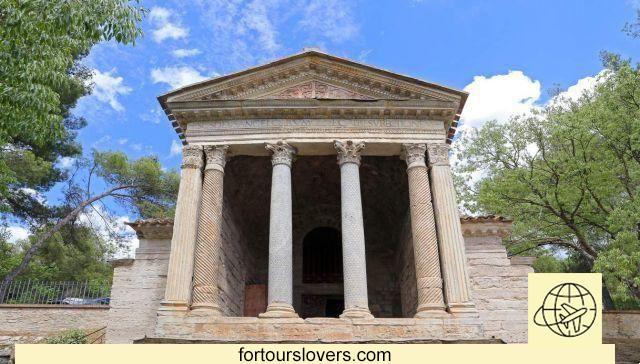
What to see around the Fonti del Clitunno
Let's be honest: we are in a very spectacular area of Umbria and there are many things to see. We have made a selection based on the place that houses these sacred waters: Campello sul Clitunno, a medieval pueblo charmer divided into two parts: the fortified area of Campello Alto, created next to the original and charming castle (10th-11th centuries) and Campello Basso, which offers visitors the beautiful church of the Madonna della Bianca.
Not far from the houses, it is worth taking a trip to the small church of San Sebastian, built as a foil for the end of the plague, which inside preserves frescoes dedicated to San Sebastian, the patron saint of the plague.
Beautiful too Pissignano with its castle which is found on the slopes of the hills. The town's houses, however, are arranged on sloping terraces and still retain their medieval imprint. Don't miss Foligno either, a very important city located at the foot of the Umbrian-Marche Apennines. Often overlooked due to its proximity to the more famous Assisi, it offers visitors charming religious buildings and majestic palaces of absolute value, all concentrated in the ancient heart of the city. A place where the Middle Ages truly left indelible traces.
Finally, we recommend taking a trip to Spoleto, a city with a thousand-year history but also picturesque thanks to the Rocca Albornoz and its Ponte delle Torri that together create a setting that stands out on the rolling hills of Umbria, all in perfect harmony. between the buildings created by man and the wonders brought to the world by nature. The historic center is a little gem, but it deserves a special mention. Piazza del Duomo with its famous staircase, one of the most photographed views in Italy.
In the short, Fuentes de Clitunno They are a dream place to visit as soon as possible, also to discover an environment that is impossible not to fall in love with.
